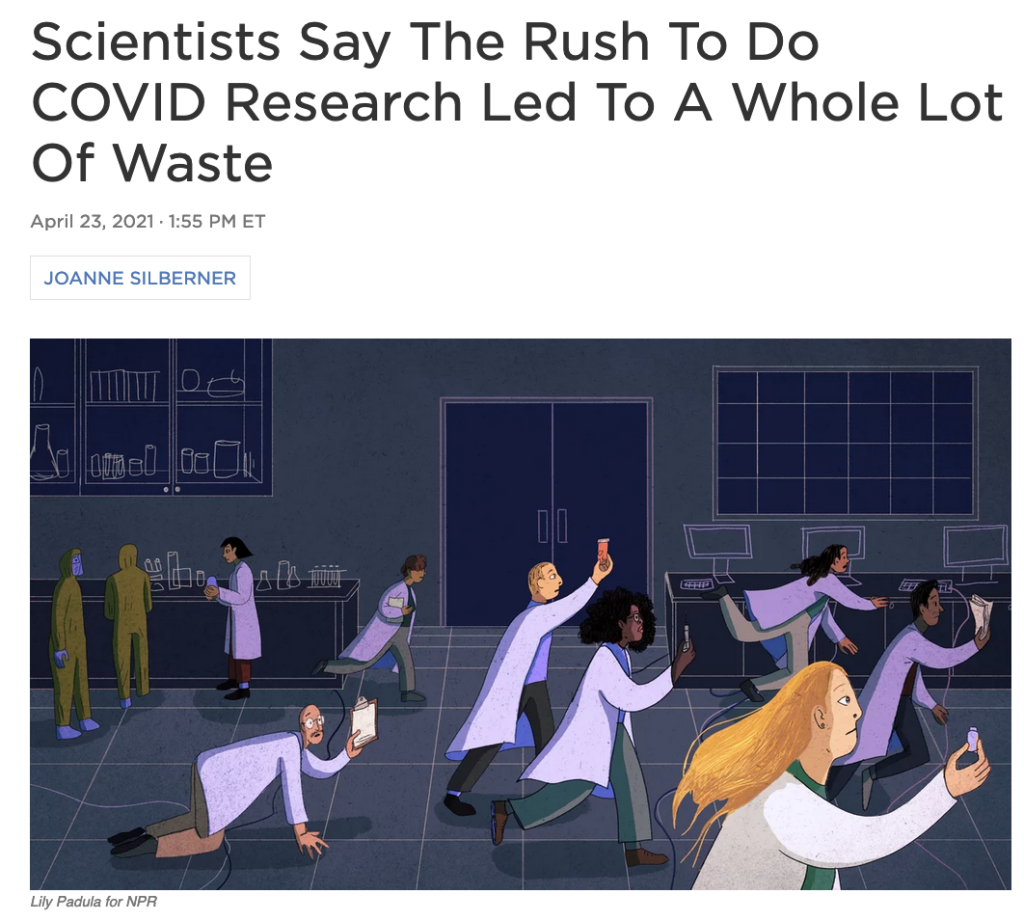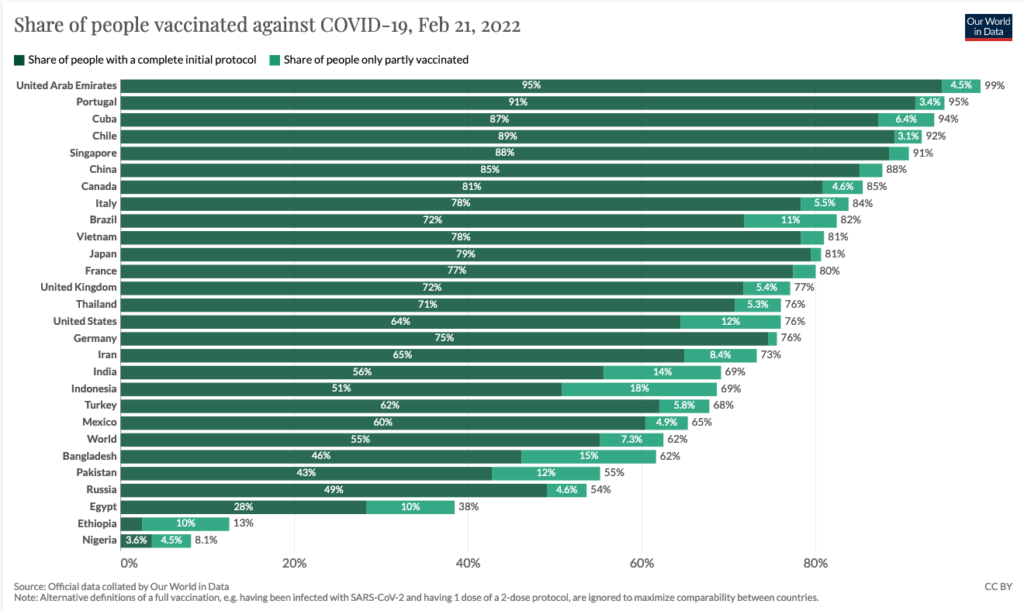With a week until publication day, I act out the classic phrase ‘Asked and answered’.
With one week to go to the publication day for THE INVISIBLE SIEGE: THE RISE OF CORONAVIRUSES AND THE SEARCH FOR A CURE, I am bubbling with excitement at getting this lovely book out into the world. (Guess what? You can pre-order here.) I figured I’d take this moment to answer some of the questions I’ve been fielding over the past two years from reporters, friends, and people that hear that I’m an epidemiologist and wrote a book about COVID-19. So without further ado, here’s my AMA, but with the added twist that I’ll be doing all of the questioning and answering this time around.

Your last book was about cartels, sex workers, drugs, and violence at the US-Mexico border. What made you want to write a book about COVID?
My last book, City of Omens, was rooted in the border city of Tijuana and was as much about that place as the experiences of the people who lived there. Writing about the scientific discoveries that are helping us overcome the COVID pandemic has been a totally different experience. Instead of walking through public encampments made of old tires in between police raids, I travelled down the rabbit hole of the viral universe, where cells are monstrously huge and DNA is a holy script within which lurks the secrets of the universe. It’s been a wild ride of a different kind.
Beyond hurtling into the world of virology, I was also motivated by a much more base desire: putting some boundaries on my anxiety about the pandemic. Like everyone early on, I had little idea of where things might go. But I leaned on my epidemiologic training, and on the concept of the “Epidemic Triangle’ to make sense of how the pandemic might evolve (see my early New York Times piece about it). From there, the thread just kept drawing me deeper and deeper into the stories of scientists that had been aware of the pandemic threat for decades and who had been quietly working to counter it.

What do you know about the pandemic that I don’t?
The hardest part of the pandemic for many of us hasn’t been figuring out what we don’t know, but how to make sense of what we do. The pandemic is as much about navigating information overload than it is about adhering to public health restrictions. My epidemiologic training didn’t prepare me for anything to do with coronaviruses or give me access to any rarefied knowledge. In fact, one of the first things that happened during the pandemic was that PubMed—the world’s largest repository of peer-reviewed scientific knowledge—made every single study on coronaviruses free to access by anyone. The floodgates were opened and it’s been like drinking from a firehose since then.

Since the pandemic started, there have been roughly 250,000 peer-reviewed studies published. That’s over 10,000 per month and almost 350 per day. For perspective, scientific studies on HIV—a pandemic-level virus that has been preying on humanity for over four decades, is almost always deadly, and which currently infects 38 million people worldwide—only number 400,000, despite studies on HIV/AIDS dating back to the 1980s.
So we’ve all been on remarkably equal footing as far as accessing scientific knowledge goes. Where I might have an edge, though, is in sifting through these endless reams of scientific data and withholding, as best I can, my emotional reaction to new developments before they’re verified. It’s a funny way of doing business: daily, the pandemic produces surprises for us that we need to react to, but scientific research moves at a far slower pace, even at its quickest. So what do I know? That the story we’re hearing about the pandemic right now is going to almost definitely be proven wrong in a few months. And it’s been the same since the damn thing started.
When is this shit going to end?
Full disclosure: when I first started writing The Invisible Siege in March 2020, I was sure that by the time it came out in March 2022, nobody would even remember what a coronavirus was. So I’m possibly not the best person to be asking this question of. We do have some important points of information that can help us chart a path, though.
First, Omicron is milder and more transmissible than any other SARS-CoV-2 variant; in fact, it might be the most contagious virus in human history, with a reproductive ratio of 216 secondary cases for each initial infection. Measles, which was long considered the most contagious, maxes out at a paltry 15 secondary infections for each infection. This thing can move, and its transmission efficiency makes it unlikely that another variant will significantly improve upon it (though it’s not impossible). That at least may bring some stability to the pandemic.
Second, though they’ve required re-upping in the face of variants, the vaccines are still holding. That is a huge win, and at this point it seems more likely than not that we aren’t going to lose the vaccines as a tool to control the pandemic.
Third, we also have a number of broad-based antiviral therapies that are effective at minimizing COVID-19 illness. They’re not going anywhere, no matter what kinds of variants come along.
All of these data points suggest that we’re closer to minimizing the pandemic’s impact on our lives and finding a new kind of normal than we are to launching into another two years of heightened restrictions, stay at home orders, and anxiety.
But there’s an important caveat here. When I say ‘we,’ I mean those of us who live in wealthy countries that have access to vaccines and medicines. In large swathes of the world, Omicron is running rampant and overloading health systems. As I and many others have said repeatedly, the fastest way to end the pandemic is to vaccinate the world. And the lack of vaccine equity remains the biggest drag on our capacity to end the pandemic for everyone because it gives the virus a chance to continue replicating and mutating freely among vulnerable populations.


Please tell me your book has good news in it – anything, really – so that I can sleep at night.
I wanted to write this book as an optimistic counternarrative about what has gone right in our response to the pandemic. The Invisible Siege tells the story of the scientists that have powered the discoveries that have saved us from the virus. It’s an incredibly hopeful story about people sticking to their vision in the face of long odds. It’s also a story about why we might just be entering into an age in which we end all pandemics forever. To my mind, that’s the most hopeful story around.
You’ve been asking all of these questions. I have a few of my own. How can I ask you?
If you’ve got your own questions for me, I would love to hear them! Please send me an email at hello@danwerb.com and I will see if I can answer them for you.
Meanwhile, in Dan Werb news…

There is no news aside from the news that I am shamelessly promoting The Invisible Siege: The Rise of Coronaviruses and the Search for a Cure. If you’re enjoying these newsletters and curious about the book, why not grab your own copy? That way you can brag to your friends and family that you were first.
I’ll have some more exciting details to share next week, but in the meantime thanks for reading, thanks for supporting, and see you next time.